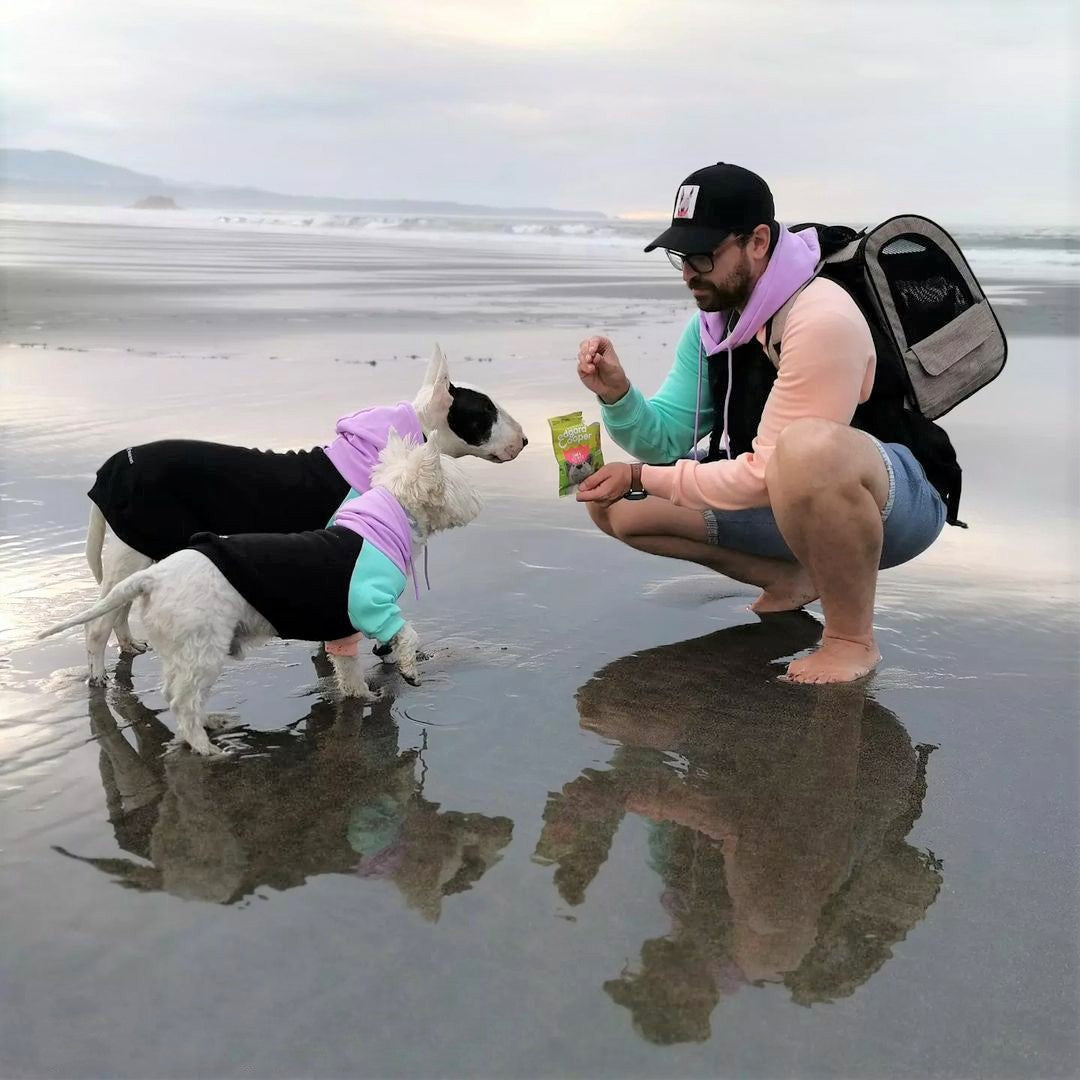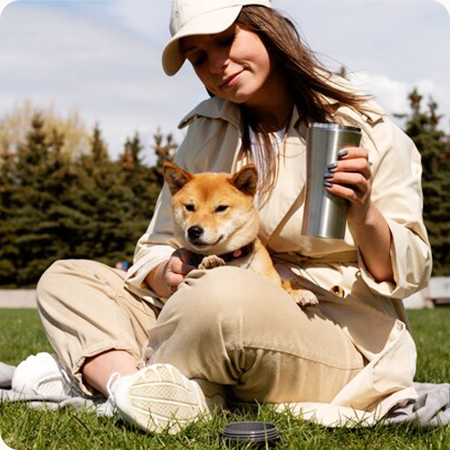It can be a nightmare to walk your dog if they've had no training. However, with a few simple tips, you can get them walking contentedly at your side in no time.
It's easy to think that if your dog pulls on their lead, then it's just their nature. Unfortunately, it's more likely that your enthusiastic companion hasn't been properly lead trained. But don't worry—by following this training guide, you'll soon have your dog walking steadily by your side.
Why dogs pull on their lead?
We all know how excited our dogs get when the lead comes out for walkies. Naturally, that excitement continues once you're out and about, meaning you get pulled from lamposts to rabbit holes by your exploring friend.However, your dog isn't pulling because they're naughty; they just need to be guided in the best way to walk.
How to get started with lead training
First, you need to make sure that you have a collar and lead that is suitable for your dog. A good quality, flat fabric or leather lead and collar will work best for most dogs. Choke chains aren't generally recommended, so avoid them.
Extending leads can be a bit tricky to control, so short leads are better. A good head collar can help you to control your dog, but harnesses will suit others and are better for puppies. Take some time to experiment with different combinations and, if you're struggling to choose, talk to a professional.
Here are some more suitable traction ropes recommended.
Pecute 3m/8m Retractable Dog Leash with Poo Bag in Weight
Pecute Hands Free Dog Leash
Pecute Wide Waist BagHands Free Dog Running Leads
Get start lead training
1. Although you might think that lead training should take place on a walk, it's best to begin somewhere quiet and calm—your living room or back garden is perfect.
The best place to start lead training is in the sit and the basic position.
We show the dog we can clip the lead on and we reward in the basic position.
“Heel. Yeah good girl” Totally stationary, we’re not walking anywhere. We just have the dog in the sit, clip the lead on, reward.
2. Start by teaching your dog to sit and stand comfortably at your side. Remember to reward them regularly, giving your dog a treat whenever they don't pull. Slowly build up to taking some steps around the room or garden, being sure to stand still every time pulling occurs.
That’s the best way to have the puppy, where there’s no pressure on the lead and you can reward them fro being in the right place.
And don’t try and do too much in one go. My best tip in terms of lead training is to do a load of training actually stood still.
3 Practice in short, regular sessions—five minutes twice a day is fine for beginners. Once you are both comfortable at home, try walking in a quiet public space. Keep those treats coming, and keep at it!





